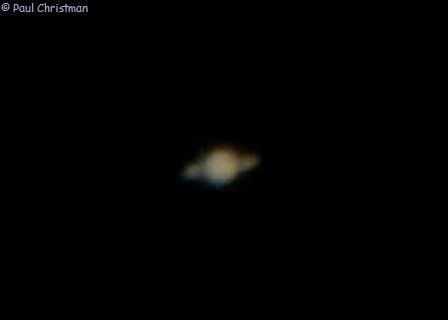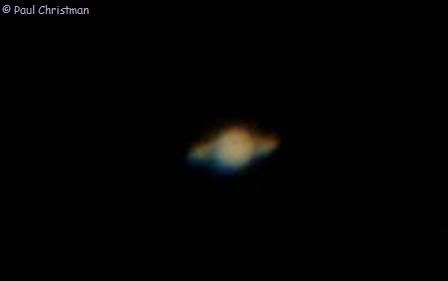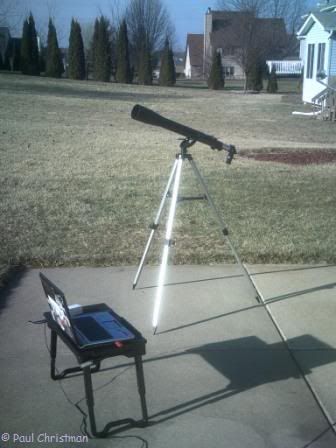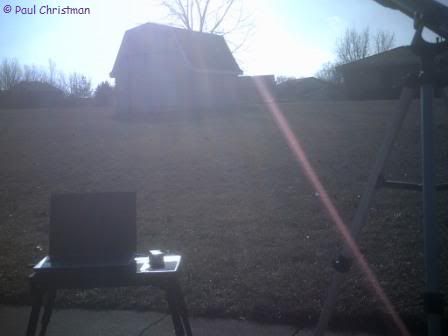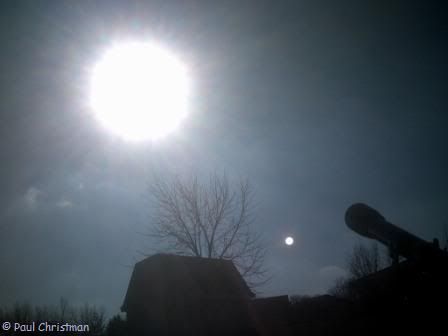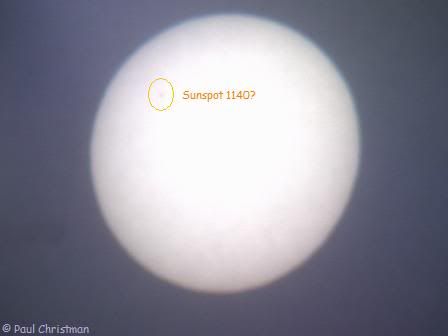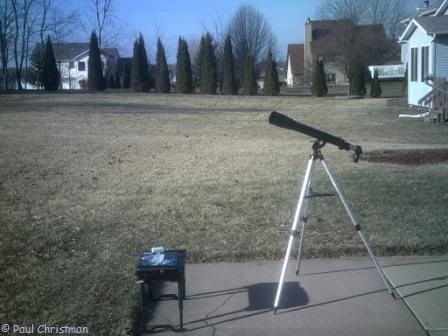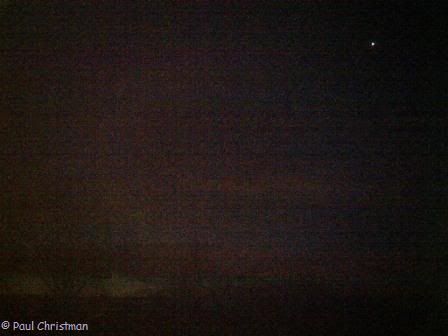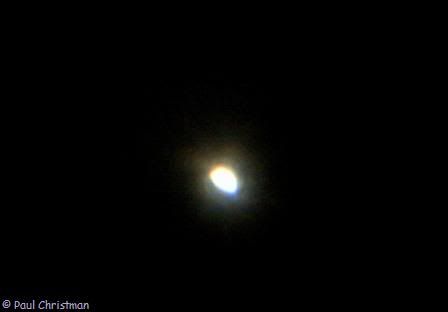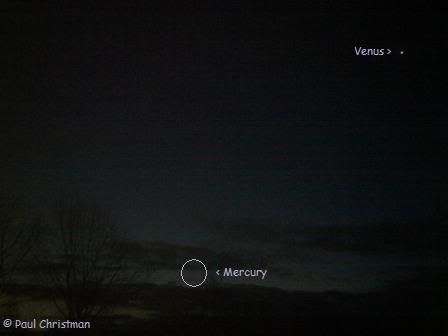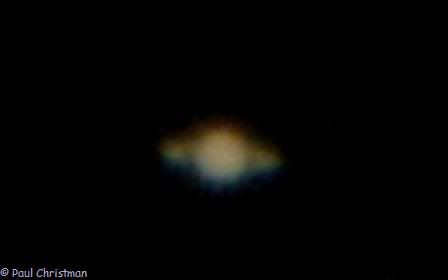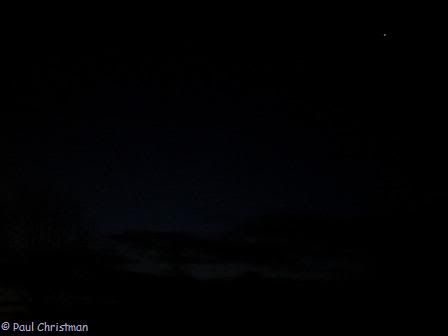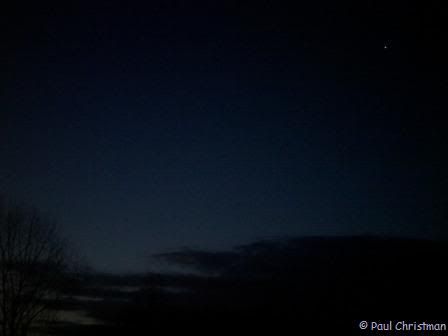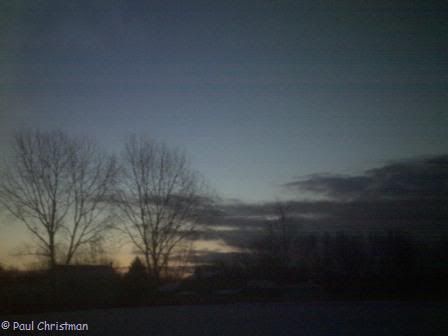Just two mornings after my first extended observation in two months, I woke up at 2 AM on Tuesday, January 4. I checked Accuweather’s most recent satellite images, and although they showed cloud cover over Valparaiso, they were about an hour old. It looked like the clouds were moving out, so I looked outside and saw a clear sky. It was also much warmer than Sunday morning, 30˚F, with only a 22˚ wind chill factor. The combination of warmer conditions and being out earlier gave me considerably more observing time than Sunday.
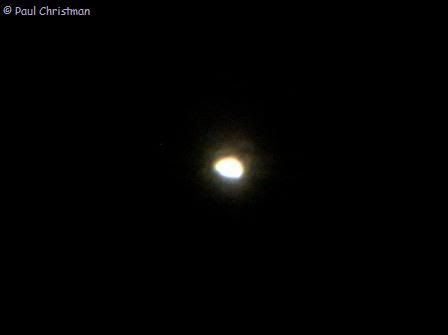
Venus.
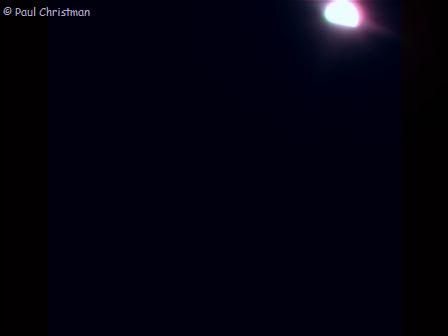
Venus stacked from a video.
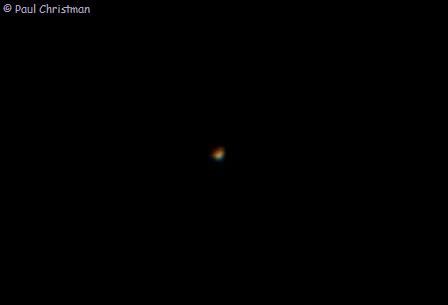
Mercury.
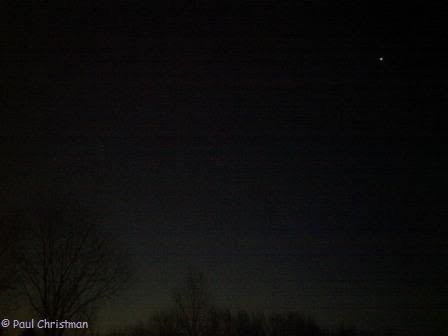
First sign of daylight.
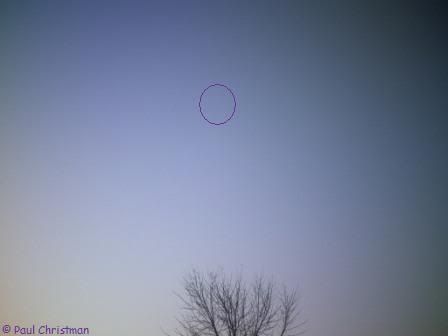
Venus above the tree.
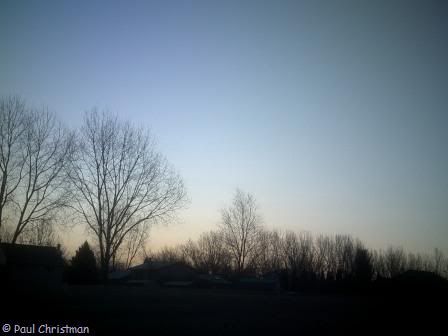
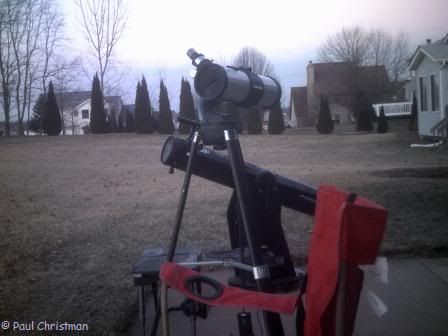

A nice Belt of Venus in the western sky.
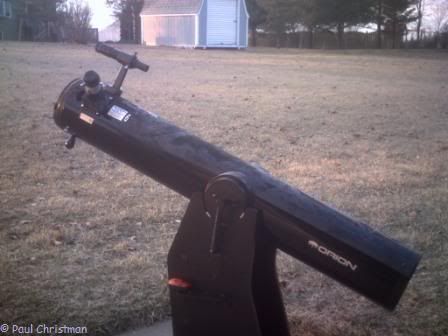

Clouds came out of nowhere, and killed any thought of early morning solar viewing.
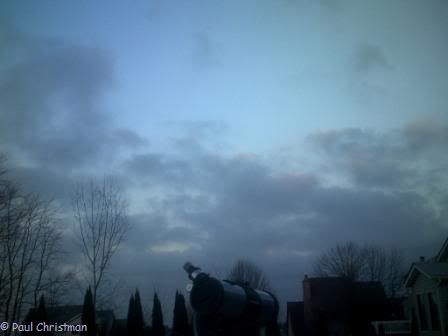
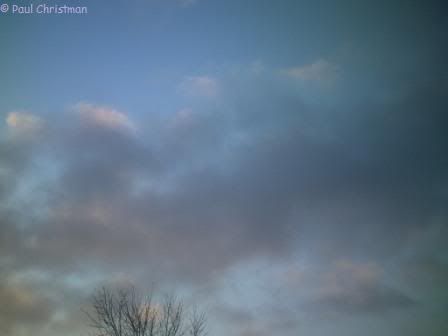
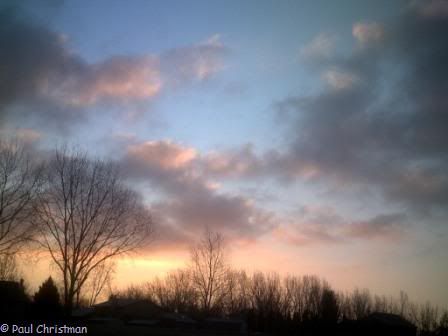
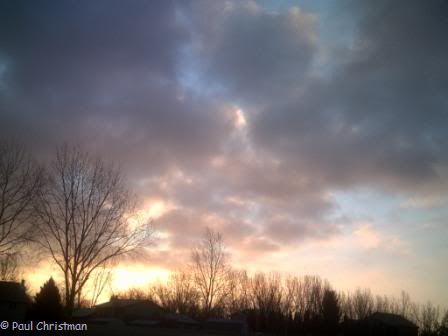
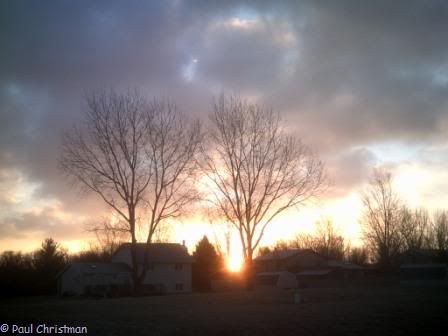
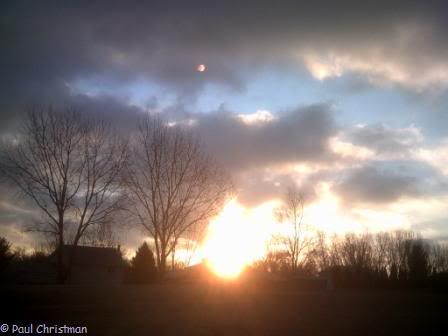
While I was out, I thought the session was very similar to Sunday. I observed most of the same targets, spent time getting video of the planets, and stayed out until daybreak. Really though, there was no comparison between the two nights. The global peak of the Quadrantid meteor shower was around sunset, so I spent quite a bit of time just watching for meteors. I also viewed more targets, although it was still cold enough that I didn’t feel like having to look through star atlases. That limited my observing to the easiest of targets, although really, since they tend to be some of the brightest, are the most enjoyable.
As soon as the telescopes and gear were outside about 2:30 AM, I looked up and saw a bright meteor, possibly as bright as -4 magnitude, slowly streaking east to west near the zenith, leaving a short lived tail behind it. After that, meteor sightings were sparse until after 5 AM. I observed 14 meteors between 2:33 and 6:07 AM. The shower seemed to peak between 5:16 and 6:07, when I saw eight meteors despite focusing my attention on Saturn, Venus, and eventually Mercury. At least 3 of the 14 meteors I observed seemed to radiate from points not associated with the Quadrantids, but I counted them anyway.
Before Orion dipped behind a tree, I wanted a look at the great nebula, but I only viewed it with binoculars. M42 is one of those great targets that is splendid no matter what you observe it with, and might be second only to the Moon as a binocular object. Wow.
I’ve read the ancient Greeks used M44 to predict the weather, and now I understand why. With no Moon, I could actually see it naked eye. How cool! I visited the galaxies M51, M65 & 66 again. I’m dying to see M51 especially in a big telescope.
Meanwhile, Saturn was climbing, and almost begging for attention. With Venus just rising behind a tree, it demanded telescope time. I’ve always said that Saturn is the favorite planet to show at public star parties, but Jupiter should be the favorite for astronomers. Now I’m not so sure. I still have not seen the Cassini Division, but the rings opening has increased my admiration for Saturn. I tried some imaging of Saturn, and while I’m still learning some things about processing, especially videos in Registax, I’m satisfied with the results for now. My biggest disappointment is that I still don’t have the go-to Newtonian back to perfect collimation, so using it for video was out of the question. I’ve worked the collimation closer to where it needs to be, but it wasn’t good enough for imaging. The scope was aligned and tracking better than I’ve ever seen it, so I watched on my computer screen, but didn’t record any video. In the summer it would have been worth the effort to try tweaking the collimation, but I wasn’t going to do it in the cold.
Venus was getting high enough for observation and imaging, and even Mercury popped into view. I turned my most of my attention to the inner planets for the rest of the session, but occasionally came back to Saturn. I was also waiting for the Sun to rise, and get high enough for observation. Just before sunrise, however, clouds rolled in, and it looked like I wouldn’t do any sunspot observing.

Venus.

Venus stacked from a video.

Mercury.

First sign of daylight.

Venus above the tree.



A nice Belt of Venus in the western sky.


Clouds came out of nowhere, and killed any thought of early morning solar viewing.






Although it was a new Moon, I was thinking about it quite a bit while I was observing, knowing that an annular solar eclipse was happening over Europe. When I went inside I checked some of the early pictures from the other side of the globe, shared on Facebook by Camilla, the Solar Dynamics Observatory mission mascot. It sort of added insult to the injury of missing December’s solstice total lunar eclipse having a clear sky while an eclipse I couldn’t see was taking place, but at least I was able to enjoy some meteors and other celestial objects.
After warming up and messing around online, the clouds cleared again, so I went outside again for sunspot observing. It was sunny but cold and windy, 25˚F with a 7˚ wind chill. The major sunspot was 1140, with the group 1142 also crossing the disk. I was out for 25 minutes, plenty of time after my session from 2:30 to 6:40 AM.
Later that night, I went outside for a quick observing session. Having already seen three planets in the morning, Jupiter and Uranus were my two obvious targets. Uranus had made another close conjunction with Jupiter the day before, so it was very easy to find. The seeing conditions weren’t good for planetary observing though, so I tried the open clusters M35 and M37, the Double Cluster, and the Andromeda Galaxy before putting the telescope away.
Five planets, fourteen meteors, five star clusters, four galaxies, a star forming region, and one sunspot. I think that qualifies as my best day of astronomy so far this winter.

